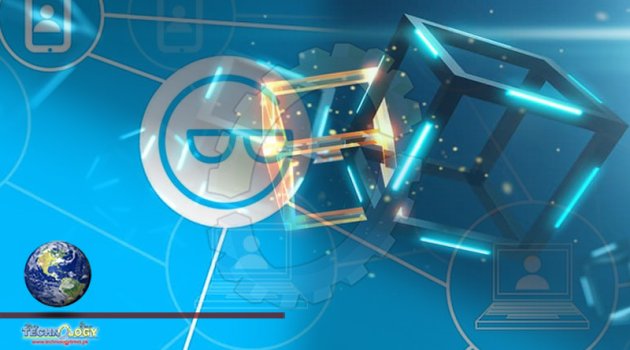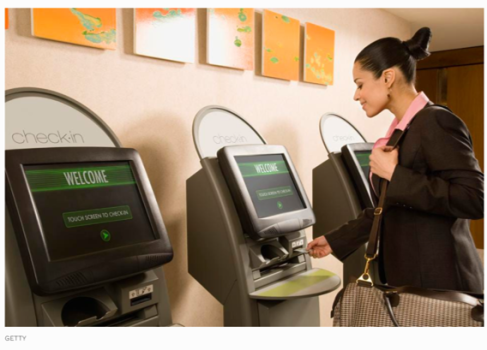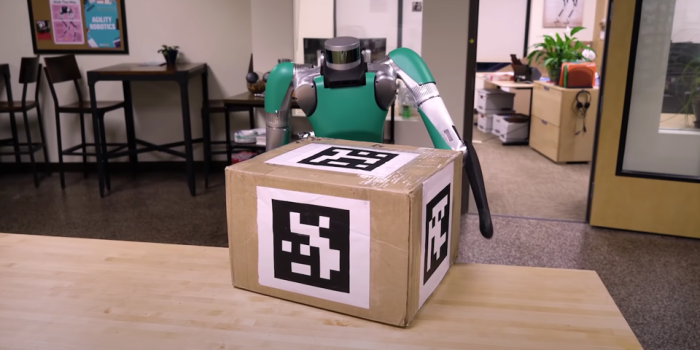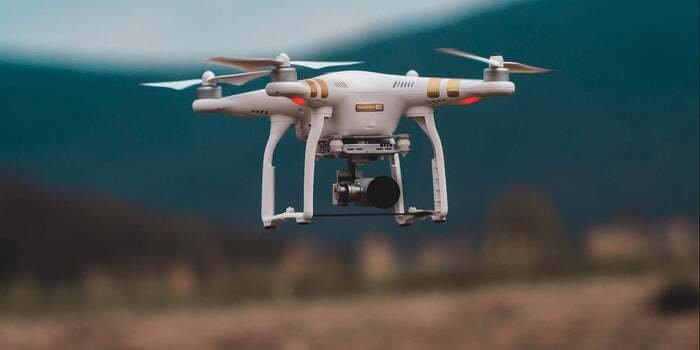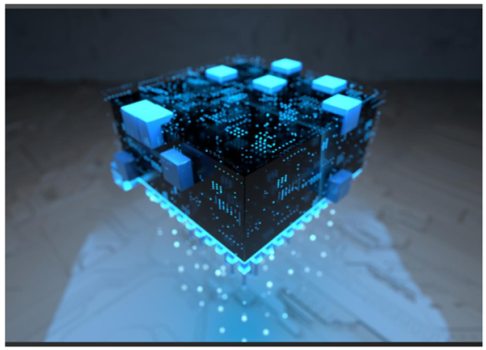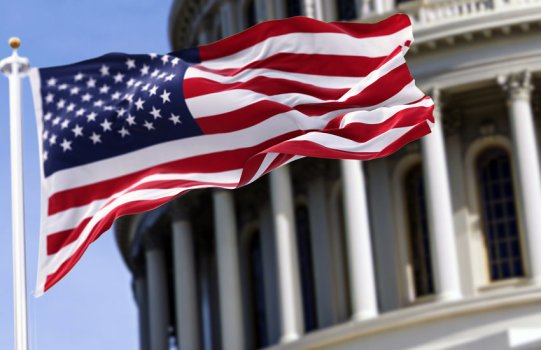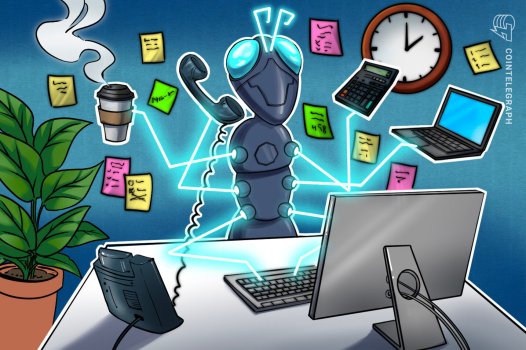The Proliferation of Internet of Things
- Technology Solutions
- 0 Replies
The underlying idea is something like the old joke about bacon: How all food is better if you add bacon—bacon on hamburger, bacon with eggs. In many ways, the rush toward Internet connectivity in consumer products is like the bacon impulse—everything, it seems we think, is better once it’s connected to the network in the ever increasing world of the Internet of Things.
Internet-Enabled Automatic Insulin Pump
Imagine a diabetic patient, hypothetically named, David. David’s a retired old man living in Florida. For a number of years, David’s been taking insulin as a way of regulating the sugar levels in his blood. Recently, he got himself a new device. It’s an Internet-enabled automatic insulin pump. He wears it on his hip.
It periodically tests his blood, and he can adjust the insulin dosage either mechanically, or from his mobile phone or tablet. Because the pump is connected to the network, it can also send David’s blood-sugar levels and other test results to his doctor, who can review those results, and make adjustments—without David even going into the office.
The doctor doesn’t have to be in the office either. He could be on the golf course, and use his smartphone to change David’s insulin dosage. This is truly a miracle of modern science. It increases efficiency and gives David more freedom and a better quality of life with respect to his insulin requirements.
DEF CON
During an internet hacker convention in Las Vegas known as DEF CON, two security researchers demonstrated they were able to crack the security on a standard insulin pump—of exactly the sort that David is using.
They demonstrated that they could actually cause the pump to give the wearer a near-fatal dose of insulin. So not only does David have a life-changing, liberating medical device on his hip, he must also come to grips with the fact that he’s carrying around a personal assassination device that could be used to try and kill him.
Cost-Benefit Analysis
Now, when David comes to know about this, he has a very sensible answer. He asks, “Why would anyone want to kill me?” And he continues to wear the new insulin pump.
Continue reading: https://www.thegreatcoursesdaily.com/the-proliferation-of-internet-of-things/
Internet-Enabled Automatic Insulin Pump
Imagine a diabetic patient, hypothetically named, David. David’s a retired old man living in Florida. For a number of years, David’s been taking insulin as a way of regulating the sugar levels in his blood. Recently, he got himself a new device. It’s an Internet-enabled automatic insulin pump. He wears it on his hip.
It periodically tests his blood, and he can adjust the insulin dosage either mechanically, or from his mobile phone or tablet. Because the pump is connected to the network, it can also send David’s blood-sugar levels and other test results to his doctor, who can review those results, and make adjustments—without David even going into the office.
The doctor doesn’t have to be in the office either. He could be on the golf course, and use his smartphone to change David’s insulin dosage. This is truly a miracle of modern science. It increases efficiency and gives David more freedom and a better quality of life with respect to his insulin requirements.
DEF CON
During an internet hacker convention in Las Vegas known as DEF CON, two security researchers demonstrated they were able to crack the security on a standard insulin pump—of exactly the sort that David is using.
They demonstrated that they could actually cause the pump to give the wearer a near-fatal dose of insulin. So not only does David have a life-changing, liberating medical device on his hip, he must also come to grips with the fact that he’s carrying around a personal assassination device that could be used to try and kill him.
Cost-Benefit Analysis
Now, when David comes to know about this, he has a very sensible answer. He asks, “Why would anyone want to kill me?” And he continues to wear the new insulin pump.
Continue reading: https://www.thegreatcoursesdaily.com/the-proliferation-of-internet-of-things/




